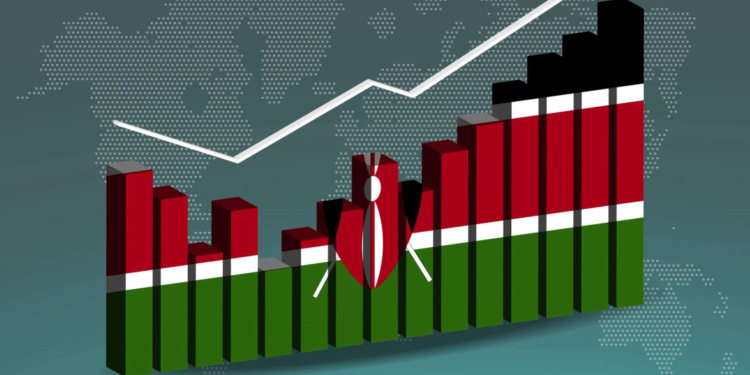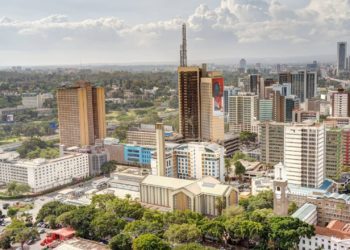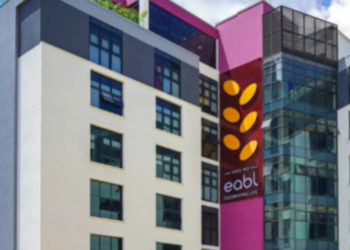Kenya’s private sector experienced its strongest expansion in over two years in April 2025, according to the latest Stanbic Bank Kenya Purchasing Managers’ Index (PMI) report. The PMI rose by 0.3 points to 52.0 in April, from 51.7 in March, marking a 27-month high and signaling an improvement in business conditions in the country. The acceleration, which was the third consecutive monthly increase, shows increasing consumer demand, expanding output, and increased job creation across key sectors in the economy.
The increase in PMI was attributed to widespread growth across all five of its components which included new orders, output, employment, suppliers’ delivery times, and stocks of purchases. Notably, new business orders expanded at the fastest pace since February 2022, due to increased customer engagement, successful marketing, and improvements in the services, agriculture, and construction sectors. However, manufacturing and retail sectors saw a marginal decline in sales.
A main factor behind the increase in PMI was the sharp increase in output, with over 30.0% of surveyed businesses reporting greater production activity in the period. This was linked to higher sales during the period. To support this growth, companies increased purchases of raw materials, driving input buying to its strongest level in over three years. Inventories grew, and delivery times shortened despite some disruptions due to adverse weather conditions witnessed in the country.
The labour market responded also positively as employment rose for the third consecutive month, recorded in construction, services, and wholesale sectors. There was also a wild rise in staffing, fastest in nearly a year, aimed at alleviating pressure from increasing workloads so as to be at par with the increasing demand.
Price pressures increased slightly in April, but inflation remained historically low at 4.1%. Input costs rose at the quickest pace in three months, driven primarily by higher taxes and challenges in the supply chain. However, just 5.0% of businesses reported an increase in costs, with the rest having stable prices. Output prices also rose majorly in the manufacturing sector, as firms passed costs to consumers.
Despite robust current conditions, future expectations remain dim, with just 5.0% of firms projecting growth over the next year. Many businesses state ongoing economic challenges highlight concerns of long term resilience, though some expressed optimism tied to planned expansion of various services.
Overall, the report painted a picture of hope for Kenya’s economy at the start of the Q2 ‘2025. While demand, output, and employment showed strong performance, concerns over tax policies, and economic conditions continue to rob us hope.


















